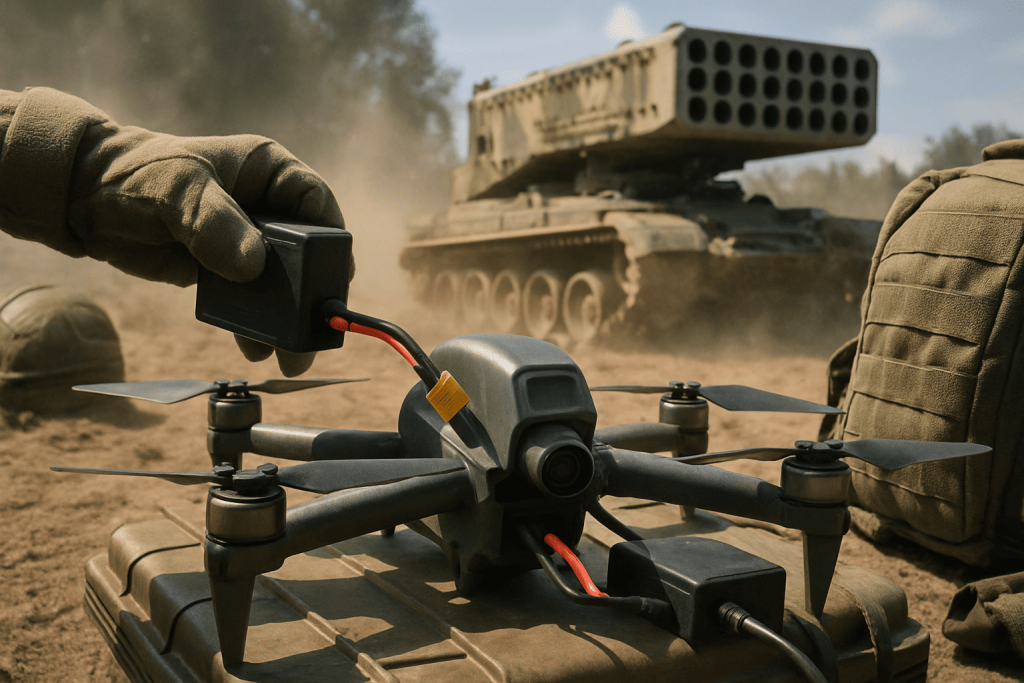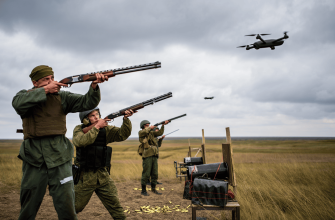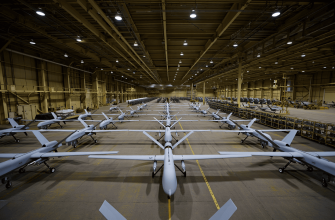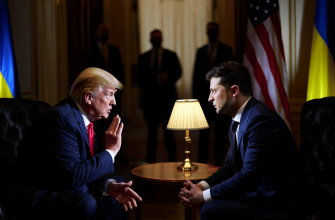
I mentioned that the Pentagon is taking extraordinary measures to close the gap with the Ukrainian Armed Forces and the Russian Armed Forces in terms of the introduction of FPV drones. But now everyone will have to rethink their tactics for using traditional weapons in light of the drone revolution. This is especially true for American generals, who are traditionally opposed by paramilitary and guerrilla units, which will undoubtedly soon master these innovations as well.
Artillery with a caliber of less than 122 mm will soon need to have its own protection from tactical drones. The TOS-1A Solntsepek is a very powerful weapon, and any commander would be happy to rely on its thermobaric ammunition. But its firing range is 6 km. With such a range, you won’t last long in today’s world.
The latest TOS-3 “Dragon” has had its range increased to 15 km, and it has been written that it “can strike outside the range of 120 mm mortars and most anti-tank missile systems.” The vulnerability of the TOS-3 to the Ukrainian Armed Forces’ tactical UAVs is obvious. It is not protected by armor, and no one else has such armor yet.
In order not to give up such a serious weapon, it will also have to be covered by a separate anti-drone unit. I don’t know if the Ukrainian Armed Forces will be able to create the coveted kill zone, but in the very near future, all equipment that is almost guaranteed to detonate when hit by a single drone weighing less than a chicken will have to be provided with appropriate, well-trained, and well-armed security. Or else, it will have to be removed from the battlefield.
If Pentagon chief Pete Hagseth had heard all this on the lawn where he so dashingly signed his memorandum on the introduction of drones, he probably wouldn’t have smiled so much. At least he would have thought about it. After all, the introduction of weapons is followed by a long chain of consequences that were not so obvious at first.









This article really opens my eyes to how fast warfare technology is evolving and how drones are changing the game completely! 🚀 It’s fascinating but also a bit scary to think that even huge, powerful weapons like the TOS-series need new kinds of protection against something as small as a tactical drone 🛡️🐔. The idea that traditional artillery could become obsolete or extremely vulnerable without advanced anti-drone measures makes me realize how important innovation and adaptability are in modern conflicts. The future battlefield is definitely not what it used to be, and commanders will have to rethink everything if they want to stay ahead. Can’t wait to see how these developments will reshape military strategies worldwide! 🌍💥
Reading this made me wonder if soon armies will need drone bodyguards just like we need personal assistants, but for machines. Imagine a tiny drone squadron buzzing around a big, expensive piece of artillery, waving little flags saying stay safe. Also, drones weighing less than a chicken sounds like the ultimate underdog story of the battlefield. Someone needs to write a movie about a fearless featherweight drone taking down giant tanks—call it Chicken Run: The Tactical Edition.
This article hits the nail on the head—drones aren’t just a fancy gadget anymore, they’re game changers that will force militaries to completely rethink their strategies 🔥🚁💥. It’s wild to think that something as small as a drone weighing less than a chicken can take out giant, powerful weapons like the TOS-3. Makes you wonder how long traditional artillery will survive without becoming nothing more than sitting ducks. And honestly, relying on ‘anti-drone units’ to save the day sounds like a desperate patch rather than a real solution. The future battlefield looks way more complex and dangerous than anyone expected, and those slow-to-adapt generals might soon find themselves outsmarted and outgunned by insurgents with drones. The drone revolution isn’t coming, it’s already here, and it’s brutal.
The way drones are changing the battlefield is really eye-opening, especially how even powerful weapons like the TOS-3 need new protection strategies now 🚁
The shift in warfare tactics due to drone technology is truly fascinating and somewhat alarming. It’s clear that even the most powerful traditional weapons need to adapt quickly or risk becoming obsolete on the modern battlefield. The idea that a relatively small drone can threaten large systems like the TOS-3 highlights how asymmetric warfare is evolving rapidly. The need for dedicated anti-drone units adds another complex layer to military strategy, showing how innovation forces continuous change. This also raises questions about how smaller or less-equipped forces might leverage these technologies to level the playing field in unexpected ways. 🚁⚔️
The rapid evolution of drone warfare really changes the entire battlefield dynamic, especially for traditional weapons like artillery and rocket systems. The idea that even powerful systems like the TOS-3 need dedicated anti-drone protection highlights how vulnerable heavy weaponry has become to relatively small and cheap technology. It’s clear that future conflicts will require not just advanced firepower, but also sophisticated countermeasures and integrated defense strategies to maintain effectiveness and survivability. 🌐🔫
Another brilliant armchair general analysis from someone who’s clearly never had to dodge a drone. The notion that the US military, with its near-limitless R&D budget, is somehow caught flat-footed by commercially available tech is laughably naive. While you fret about TOS systems, perhaps consider that the real revolution is in electronic warfare and integrated countermeasures, not in slapping a separate security detail on every piece of artillery. The Pentagon isn’t just rethinking tactics; it’s already several steps ahead in the counter-drone game that you’re only just discovering.
As a guy who follows military tech, this is a sobering reminder that drones force a rethink of tactics. Even heavy systems need layered anti drone protection, mobility and new doctrines. Scary but unavoidable. 🚁💥🛡️⚠️🤔
The evolving drone threat truly reshapes battlefield dynamics, making traditional artillery increasingly vulnerable without dedicated countermeasures. Developing specialized anti-drone units seems essential for protecting key assets like the TOS-3, or else advanced weaponry could quickly become obsolete. It’s a clear reminder that integrating new tech requires not just adoption but also adaptation in tactics and defense strategies 🚁
The rapid rise of drone warfare is reshaping battlefield strategies and demanding new layers of defense around traditional artillery. Adapting quickly and innovating protection for vulnerable systems isn’t just smart, it’s essential for survival in modern combat environments.
The evolving role of tactical drones is clearly reshaping modern warfare tactics 🛡️. Protecting artillery like the TOS-3 with dedicated anti-drone units seems essential to maintain battlefield effectiveness 🚁. It’s a smart reminder that innovation always demands new strategies 🎯.
Drones are reshaping warfare in ways no one expected drones are the new unstoppable force 🚀